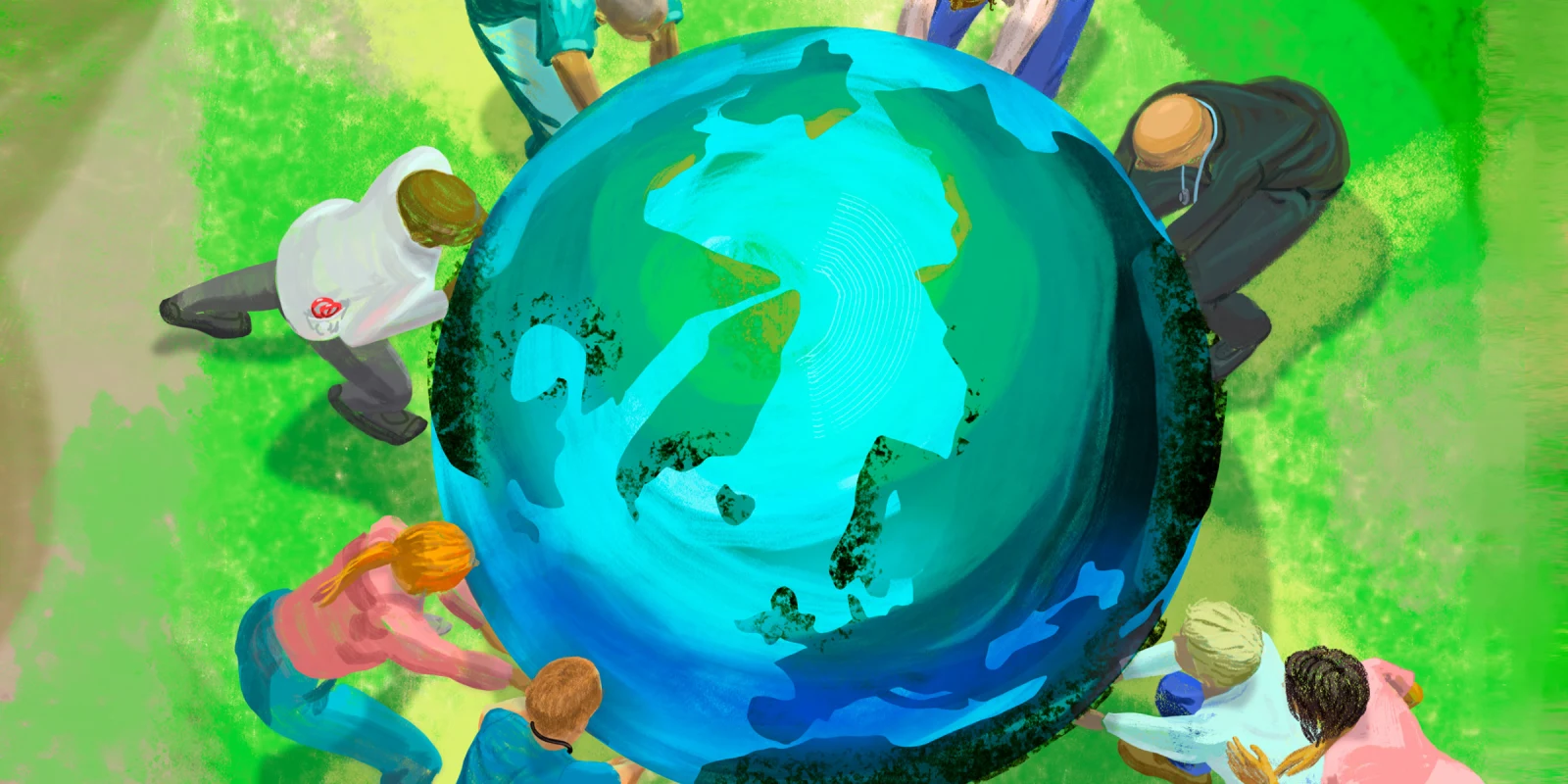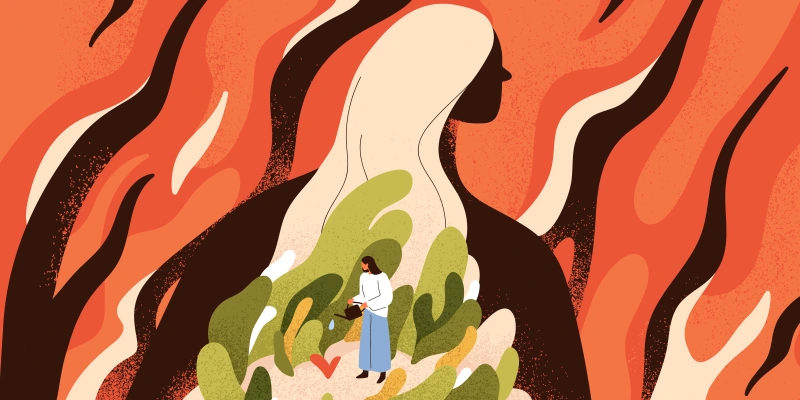Climate change has become one of the biggest issues of the 21st century. The obvious changes that we see all around us — increased wildfires, continuous flooding, monstrous hurricanes — are signs of a phenomenon that is occurring in small ways every day. While the socioeconomic, psychological, and political impacts of climate change are part of our daily discourse, the way that climate affects our health is an issue that also needs to be brought to the forefront. As physicians, correlating the effects of our environment with what we see in the exam room can help us better understand climate change, and become stronger advocates for our patients.
As an ophthalmologist in New York City, dry eye disease is one of the most common diagnoses I make. Research has shown the connection between ocular surface disease and air pollution. Recent studies have also shown a connection between other ocular diseases, including conjunctivitis, retinal vein occlusions, and even glaucoma, one of the world’s leading causes of blindness. As ophthalmologists, we often counsel patients on reducing damaging behaviors, such as smoking and eating an unhealthy diet, that can lead to systemic chronic illnesses, like diabetes and hypertension. Should we also be counseling patients on reducing exposure to polluted air? Should we ask patients in larger cities to prophylactically use artificial teardrops? In advocating for patient health in larger arenas, should we add air pollution to the list of serious concerns to be addressed by local and state governments? As evidence increasingly accumulates regarding the link between eye disease and pollution, we must, at the very least, continue to educate ourselves, to best understand how to care for our patients in our changing world.
In a recently published piece, Dr. David Morens and Dr. Anthony Fauci discussed how we currently live in an era of pandemics. The reasons for this are complex but include: deforestation, intense urbanization, intensive animal farming, and increased crowding, which all contribute to amplified interaction between human and animal pathogens. Many infectious diseases also have eye manifestations. Zika virus and COVID-19, for example, are both associated with viral conjunctivitis. However, exposure to new pathogens extends further than just ocular surface diseases; newer pathogens are directly related to environmental change and appear in infectious conditions such as corneal ulcers and endophthalmitis. As pathogens emerge, ophthalmologists must continue to be mindful of treatment regimens in patients whose conditions are not improving. And, in deciding where to focus our research efforts, we must remember that newer treatments and disease prevention strategies must be developed to treat patients exposed to newer pathogens or newer, and more severe, weather events.
In addition to direct effects, the indirect health effects of climate change on our patients are very apparent. The term “climate refugee” often seems far away in modern New York City, but we must consider that our patients themselves are, in fact, victims of a changing world. Climate change increases the time spent indoors, which impacts chronic disease development. Climate change exposes the most vulnerable patients in our societies to extreme heat, resulting in heat strokes, dehydration, and falls — all conditions that can worsen vision. By widening socioeconomic differences between patients, our changing ecosystem creates a lack of access to basic care for vulnerable patients, which, again, worsens chronic disease. Just recently, tropical storm Isaias went through the tri-state area and caused massive power outages. Many patients with low vision had great difficulty navigating their homes and taking their medications during that time. For diabetic patients, insulin could no longer be kept cool in the refrigerator. As ophthalmologists, it is very important to consider all aspects of a patient’s life when treating their disease, and understanding a patient’s barriers to accessing care or improving their health should always include considering how the environment is affecting their medical condition.
As our ecosystems continue to change, medicine must change alongside it. As we see the emergence of new pandemics, as patients are exposed to the effects of extreme weather, as warmer conditions worsen chronic disease for vulnerable patients, we must educate ourselves on the health effects of climate change. In interacting with our patients, we must remember that the environment can create barriers to care. In our research, we must continue to develop prevention programs to protect our most vulnerable patients from the effects of extreme weather. Finally, we must advocate for our patients on a state and national level, alongside those that advocate for controlling the current climate crisis for social, political, and economic reasons.
How have environmental changes impacted your patients' health? Are you seeing evidence of climate change in the exam room? Share in the comments.
Dr. Karani is an ophthalmology resident at the Columbia University Medical Center in New York City. She completed her MD/MPH at Johns Hopkins University School of Medicine and is passionate about taking care of patients and understanding their stories, solving public health issues affecting underserved populations, and writing about her experiences. She is a 2020–2021 Doximity Op-Med Fellow.
Illustration by Jennifer Bogartz







